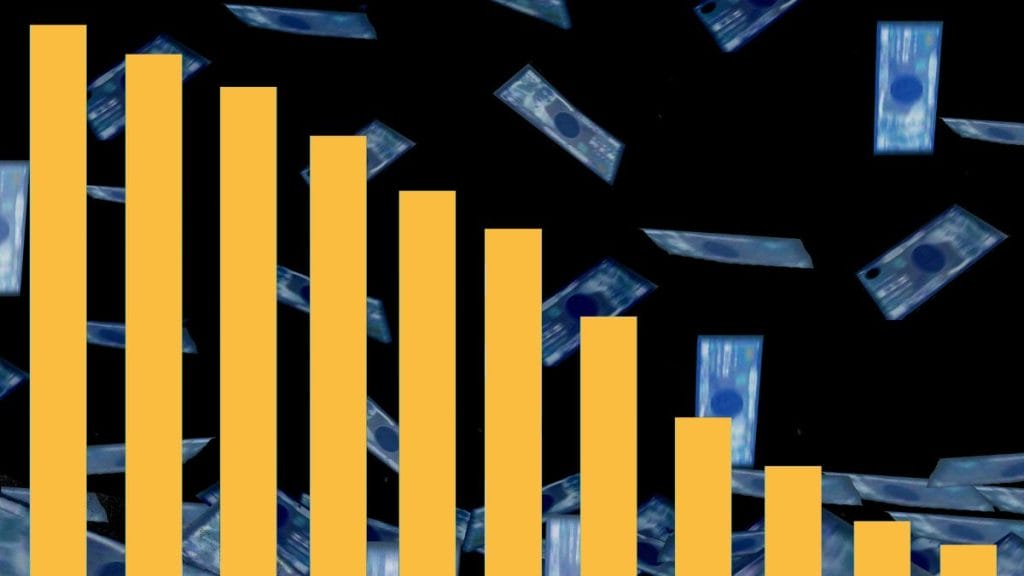California: Silicon Valley Bank, a commercial bank in California, the US, is best known for providing capital and capital solutions to venture-back technologies as well the life science companies. They provided funds to well-developed companies, which could have a chance at expansion and further growth.
Silicon Valley Bank was considered the 16th largest commercial bank with assets worth $212 billion till March 10th, 2023. The major contributor to the collapse of SVB was the mass bank run causing it to collapse, with its UK unit set to be acquired by HSBC Holdings Plc. But what caused the mass withdrawal from SVB?
Where did SVB go wrong?
- Accumulating massive amounts of government bonds – which crashed when the Federal Reserve increased interest rates.
- Lowering the interest rates for too long.
- Receiving speculation of the SVB wanting to raise money made many depositors withdraw from the bank.
- In order to raise the said money, they were made to sell their bonds for irrecoverable loss.
- Another reason for depositors to panic was SVB’s value falling, caused by the interest rates of the bonds.
In short, the bank system went wrong with wanting to raise large capital, which could help with the rising interest rate, the deposit outflows, and asset sales, which caused a mutual panic among all the depositors.
Involvement of Indian startups:
Many Indian startups were backed by the y combinator; others were directly exposed to SVB. About 22 Indian startups had over $1 million in exposure to SVB and deposits worth $250,000 to $1 Mn. Since the collapse of SVB, Indian startups have been desperately waiting for some news from the regulators and have been updated with the following news.
Good news for Indian startups:
Although initially, only $250,000 worth of deposit had been available for withdrawal, by March 12th, the US government declared that the depositors (including startups) could have full access to their deposits.
Janet Yellen, on March 14th, the US Secretary of the Treasury, declared a bailout as something infeasible for SVB but further promised the formation of new policies to stabilize the situation of the depositors and that even the small businesses can get money for operational costs.
As per her statements, few banks were monitored, which may have had just as alarming conditions as SVB. Since the crash of SVB, other banks and banking institutions have been affected collectively.
On the 12th March, The Federal Reserve announced providing additional loans to eligible depository institutions so that banks could help the depositors in any way possible.
The Federal Reserve Board had given the following statement, “The additional funding will be made available through the creation of a new Bank Term Funding Program (BTFP) will be an additional source of liquidity against high-quality securities, eliminating an institution’s need to quickly sell those securities in times of stress” which proved to be a relief.
Approval had been taken from Yellen to make availability of $25 Bn from the exchange stabilization fund, which can help stabilize the situation and act as a backstop for the BFTP. But the Fed suggested that drawing on these funds won’t be necessary.
We talked about the good considerations being made for the depositors; now, let us talk about the speculations being made as to what the future could hold for the entities associated with the SVB and how all of this may affect the economy of the United States as well as other countries.
- SVB’s failure may raise concerns over other banks situated in the United States.
- Kranthibathini, an equity strategist at Wealthmills Securities, suggested that The Indian banking system may not be that affected due to it being regulated under the supervision of RBI.
- “The problem is the bond market and my prediction, I called Lehman Brothers years ago, and I think the next bank to go is Credit Suisse,” the Rich Dad Company co-founder Robert Kiyosaki said on Monday, “because the bond market is crashing.”
- It may also impact mutual funds, IPO, and other assets.
The collapse of SVB has sent shockwaves through the entire economy. Many startups, ventures, and companies experienced the impact that made them struggle to secure funding and loans. It leaves very little support as they desperately need to grow and expand. The growing startup industry is left with an increasing debt as they risk the growth of their company. The technology industry is an industry that could experience the domino effect of the collapse as investors and lenders reassess their exposure to ventures that would prove to be risky in areas of real estate, manufacturing, and retail.
Since the Indian economy relies heavily on the technology industry and startups that rely on institutions like SVB, it would significantly affect the said economy and the Indian Tech industry.





